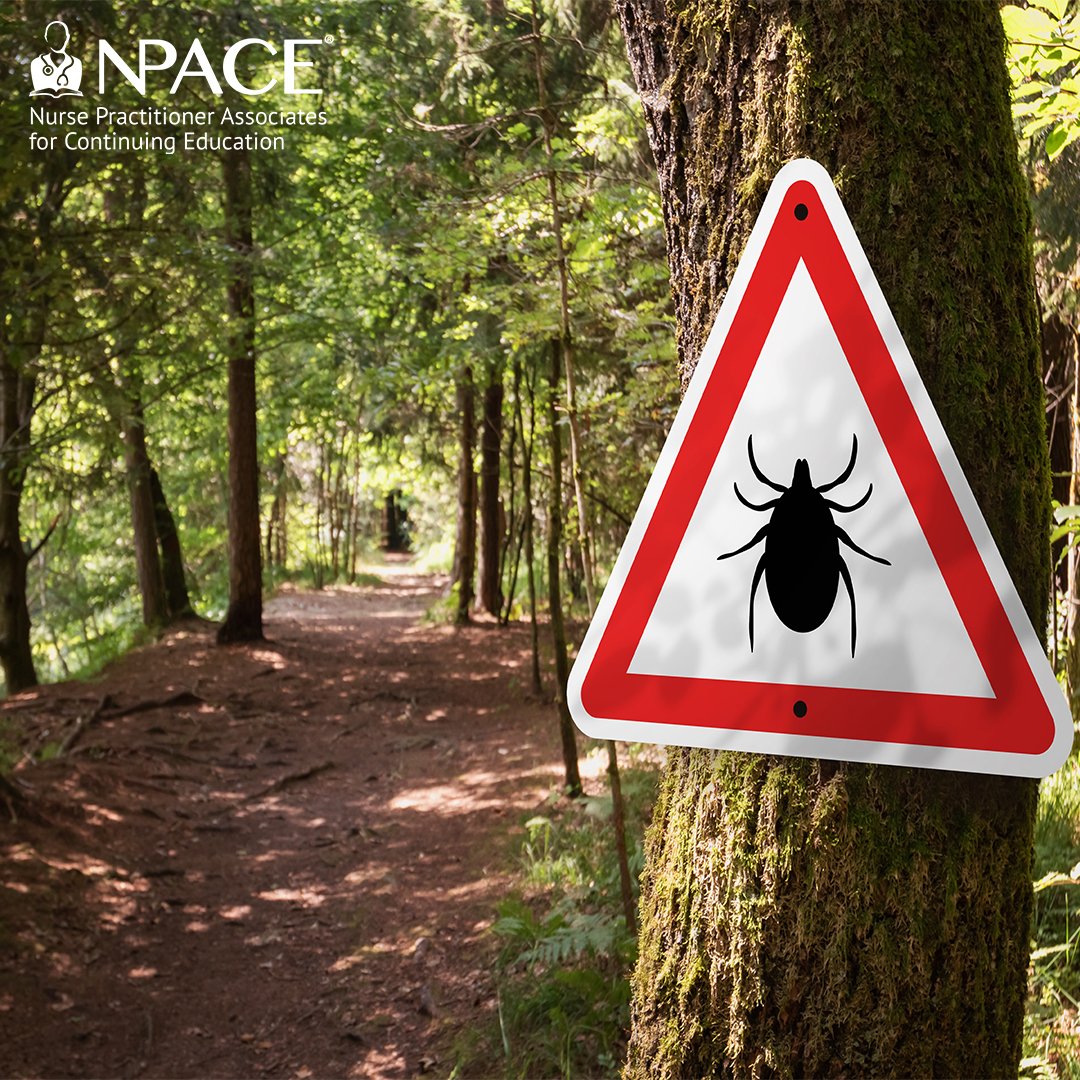It's Vaccine Time! How to Agree to Disagree in Healthcare
It's Vaccine Time! How to Agree to Disagree in HealthcareLisa Mathis MSN, FNP-BC
2 min read
Beth Williams MSN, FNP-C : Jun 27, 2025 1:09:59 PM

It’s officially tick season in the US, and global warming trends are informing researchers that tick season is lengthening and that ticks are becoming endemic in broader geographic areas. With that in mind, we thought it would be good to remind readers about testing and treatment options and identify some advancements in Lyme disease management. There are several pathogens which ticks can transmit; however, for this article we’re focusing specifically on Lyme disease.
Lyme disease is caused by spirochetal bacteria, Borrelia burgdorferi being the primary species in North America. A tick must be attached for at least 24 hours before transmission of B.burgdorferi can occur. Two-tier testing for a symptomatic individual is advised — ELISA (enzyme-linked immunosorbent assay) followed by Western blot if ELISA is positive or equivocal. In the first days and weeks of infection, serology may be falsely negative, so treatment (and possible re-testing later) is advised for any patients presenting with clinically suspicious Lyme.
Serologically, there are some abnormalities which may be noted in patients with early Lyme disease. In particular, patients may have a sedimentation rate more than twice the upper limit. Elevated liver function tests (specifically ALT and AST) might also be noted; however, there is also the possibility that these may actually indicate a co-infection with other tick pathogens (such as Anaplasma, Erlichiosis, Babesia and/or other Borrelia species).
Doxycycline remains the recommended treatment for adults and children 8 years or older. There are a variety of treatment lengths, but most experts agree that a single course of 100mg twice daily for 10-21 days is adequate to treat early disseminated Lyme, expanding that range to 28 days for Lyme arthritis. Doxycycline also has the added benefit of also treating Anaplasmosis which makes it an excellent first-line. One should also consider prescribing patients a single prophylaxis dose of 200mg of doxycycline within 72 hours of removal of a tick attached for at least 36 hours in a highly endemic area.
What’s coming down the pike? First, researchers have found that the beta lactam antibiotic piperacillin (which is commonly used intravenously in hospital settings) can treat Lyme at much lower doses and with far fewer side effects than the current treatment with doxycycline. Second, further research into the Lyme (VLA15) vaccine was performed, expanding the participant ages from as young as 5 up to 65 years of age. In the study published in The Lancet Infectious Diseases in April of this year, it confirmed previous studies which found positive trends in immune responses with statistically significantly higher antibody titers than placebo. Additionally, the vaccine was found to be safe and well-tolerated in all age groups.
Stay tuned. We expect more impactful and promising research into Lyme disease to emerge in the coming years.
Hu, L. (2024). Clinical manifestations of Lyme disease in adults. In J. Mitty (Ed.), UpToDate. Retrieved June 24, 2025, from https://www.uptodate.com/contents/clinical-manifestations-of-lyme-disease-in-adults.
https://www.idsociety.org/practice-guideline/lyme-disease
Lantos, P. M., Rumbaugh, J., Bockenstedt, L. K., Falck-Ytter, Y. T., Aguero-Rosenfeld, M. E., et al. (2021). Clinical Practice Guidelines by the Infectious Diseases Society of America (IDSA), American Academy of Neurology (AAN), and American College of Rheumatology (ACR): 2020 Guidelines for the Prevention, Diagnosis and Treatment of Lyme Disease. Clinical infectious diseases : an official publication of the Infectious Diseases Society of America, 72(1), 1–8. https://doi.org/10.1093/cid/ciab049
Wagner, L., Obersriebnig, M., Kadlecek, V., Hochreiter, R., Ghadge, S. K., Larcher‑Senn, J., … Bézay, N. (2025, April 25). Immunogenicity and safety of different immunisation schedules of the VLA15 Lyme borreliosis vaccine candidate in adults, adolescents, and children: A randomised, observer‑blind, placebo‑controlled, phase 2 trial. The Lancet Infectious Diseases. Advance online publication. https://doi.org/10.1016/S1473-3099(25)00092-1
WebMD Health News. (2025, April 30). Tick season is back, but new Lyme treatment is on horizon. Medscape. Retrieved June 24, 2025, from https://www.medscape.com/s/viewarticle/tick-season-back-new-lyme-treatment-horizon-2025a1000aer
It's Vaccine Time! How to Agree to Disagree in HealthcareLisa Mathis MSN, FNP-BC
2 min read
Women & Heart DiseaseMona Williams-Gregory, PhD, DNP, ACNP-BC, PMHNP-BC Although it is well known that heart disease is a leading...
By: Indira Maurer, DNP, FNP-C